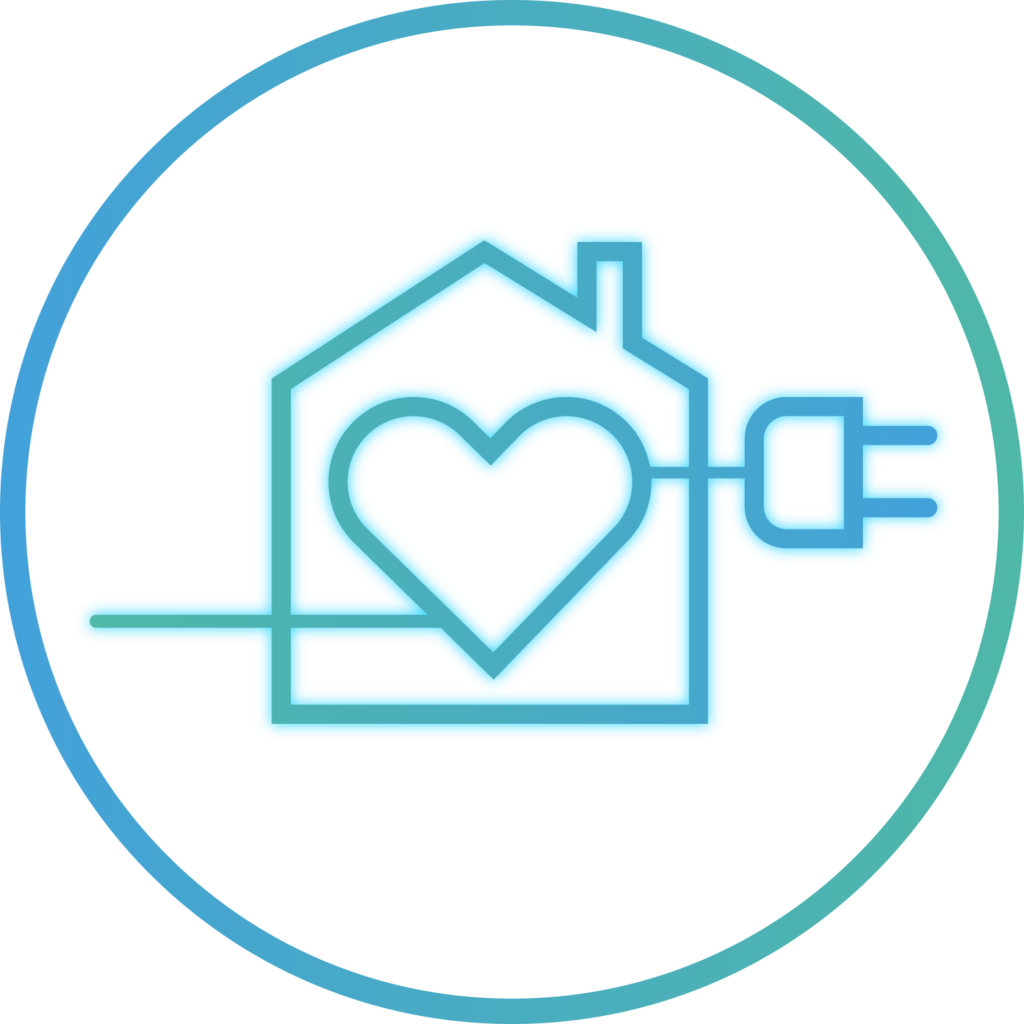Non-Energy Benefits Provision Through Consumer-Tailored Services

NEON will pay special attention to the comfort, health, and safety
requirements of the building users to join energy and non-energy benefits.
The NEON project will provide a user-centered solution that delivers energy savings and improved grid operation. Also, maintain required thermal comfort (indoor temperature), indoor climate, and air quality (health), as well as safety aspects (e.g., temperature drop/rise, water, and smoke detection).
Relevant indoor parameters will monitor (e.g., temperature, relative humidity, and CO2 concentration). These parameters relate to ventilation habits and thus comfort and health issues.
In thermal comfort (evaluated by a subjective assessment), different quality levels are defined based on the PMV-PPD thermal comfort indices that relate to air temperature, radiation, air velocity, humidity, levels of activity, and thermal insulation of clothing.
Different user preferences on the mentioned aspects make it difficult to put it in one formula and may prevent flexible solutions. For instance, some people may find it acceptable to have different temperatures in rooms, and others are more willing to live with some discomfort if it means other benefits, like saving money.
As a solution, NEON will follow the user-in-the-loop approach; and consider user preferences for designated control adjustment strategies across all building systems and energy resources.
Automated control (e.g., in thermal valve setting, appliance control) and interaction with building occupants through manual intervention recommendations (e.g., close window) will enable the non-energy benefits.
Nevertheless, NEON will make it possible for occupants to individually decide on relevant aspects (e.g., how they allow their indoor temperature to vary).